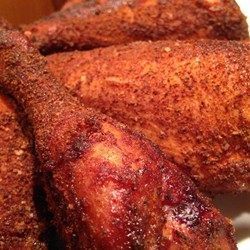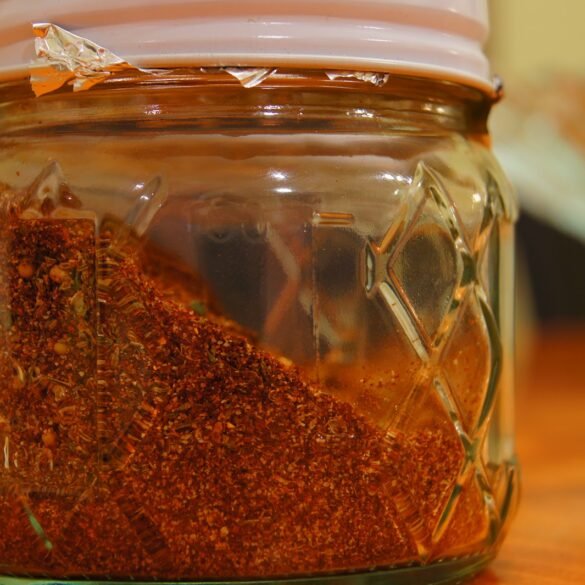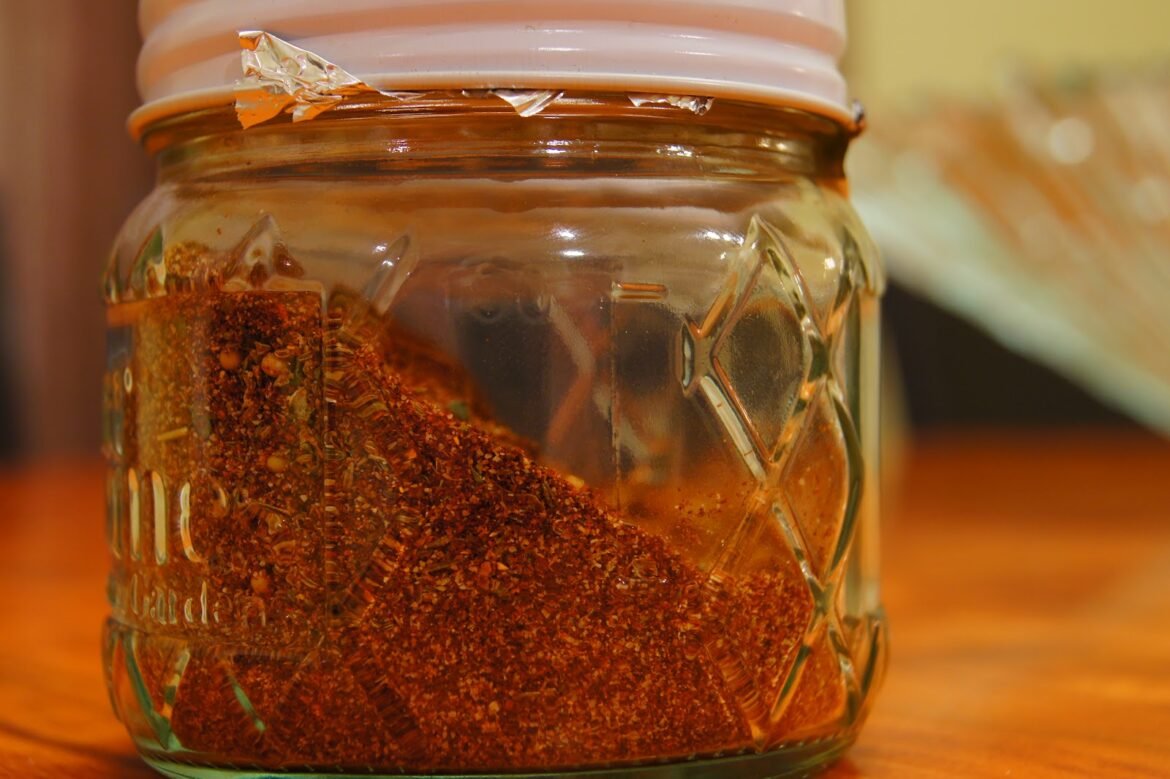The Memphis dry rub. After living in Memphis, Tn and northern Mississippi for a number of years, I was able to enjoy all types of ribs. The key to all of them was the dry rub. Actually, the variations can make a person dizzy. All of them have their merits and takeaways. As I went from restaurant to restaurant, backyard BBQ’s to backyard BBQ’s, the best always ended up being the Memphis dry rub that made the ribs stand out. I was never able to get anyone to share the recipe for the dry rub. It was a closely guarded classified secret whether it be a family generational thing or a commercial competitive secret. Scouring the internet, I found so many recipes that were just variations upon a theme. Finally, I came across Meathead’s Memphis Dry Rub.
How to Make a Memphis Dry Rub
I make no claims that this recipe is my own. It just makes sense with sugars explained as necessary for the cooking process and flavors. If it’s carbs you’re worried about just stay away from the sugary BBQ sauces. If you suffer from high blood pressure you shouldn’t be eating pork in any form anyway. Instead, use the rub on chicken and bake or grill accordingly.

Speaking of baking, please check out: Baby Back Ribs in The Oven and How to Choose Ribs

How to Make a Memphis Dry Rub
Ingredients
- ¾ cup firmly packed dark brown sugar
- ¾ cup white sugar
- ½ cup sweet paprika (smoked paprika if cooking inside) Hungarian or Spanish
- ¼ cup garlic powder
- 2 tablespoons ground black pepper
- 2 tablespoons ground ginger powder
- 2 tablespoons onion powder
- 2 teaspoons rosemary powder
Instructions
- Mix the ingredients thoroughly in a bowl. If the sugar is lumpy, crumble the lumps by hand or on the side of the bowl with a fork. If you store the rub in a tight jar, you can keep it for months. If it clumps just chop it up, or if you wish, spread it on a baking sheet and put it in 225°F (107.2°C) oven for 15 minutes to drive off moisture. No hotter or the sugar can burn.
- Since our rub recipes contain no salt (see notes), we recommend you sprinkle on 1/2 teaspoon of Morton Coarse Kosher Salt per pound (453.6 g) of meat. Wrap tightly with Saran Wrap and refrigerate 2 and up to 12 hours in advance. For most meats, dampen the surface of the meat with water and sprinkle enough Meathead's Memphis Dust on to coat, but not so much you can't see the meat below.
- For most meats, dampen the surface of the meat with water and sprinkle enough Meathead's Memphis Dust on to coat, but not so much you can't see the meat below. You can use a neutral based oil such as vegetable or canola. If cooking inside you could use liquid smoke (hickory) for a more smokey flavor.
- Apply the rub thick enough to make a crunchy crust. Keep your powder dry as the old expression goes. To prevent cross-contamination, one hand sprinkles on the rub and the other hand does the rubbing. Don't put the hand that is rubbing into the powder or use it to hold the bottle.
- Wrap and refrigerate for 24 hours.
Notes
use half as much. Click here to read more about salt and how it works. Rosemary: Several readers tell me they hate rosemary and leave it out. Trust me, it hides
in the background and you will never know it is there. But it is. It is subtle and important in this blend.
Substitute thyme or oregano if you must, but I think rosemary is the best choice. If you can find
ground rosemary, well, it is hard to find. So just grind the rosemary leaves in a mortar and pestle or in a coffee grinder or a blender. It will take 2 to 3 tablespoons of leaves to make 2 teaspoons of powder. Again, please don’t leave it out. Ginger: Like the rosemary, I think ginger is a very important ingredient. If you don’t have
any, get some. Sugar: About the sugar. I encourage readers to experiment with recipes, and “no rules in the bedroom or dining room” is my motto, but I have gotten some emails that require a response. I appreciate that many of you feel the need to reduce sugar in your diets but sugar is in the recipe for more than flavors There are only about 2 tablespoons of rub on a large slab. Of that about 1 tablespoon is sugar. Some of it falls and drips off during cooking. If you eat half a slab, you’re eating about 1 teaspoon of sugar. The glycemic load (GL) is about 3. Compare that with a slice of white bread with a GL of 10. And for those of you who object to white sugar for dietary reasons, and use brown sugar instead, you need to know brown sugar is just white sugar with molasses added. It is not unrefined sugar as many people believe. I use brown sugar for the flavor and white sugar because it improves the bark.
If you want to cut back on carbs, leave off the sweet barbecue sauce. It has a lot more sugar than the rub. Switch to a Lexington sauce which is mostly vinegar, or just eat the pork with rub and no sauce. It’s mighty good that way. Bottom line: This recipe is a very successful rub from a taste and chemistry standpoint. I urge you to make it as specified the first time.
Sources:
AmazingRibs.com, The Authoritative Source For BBQ And Grilling

